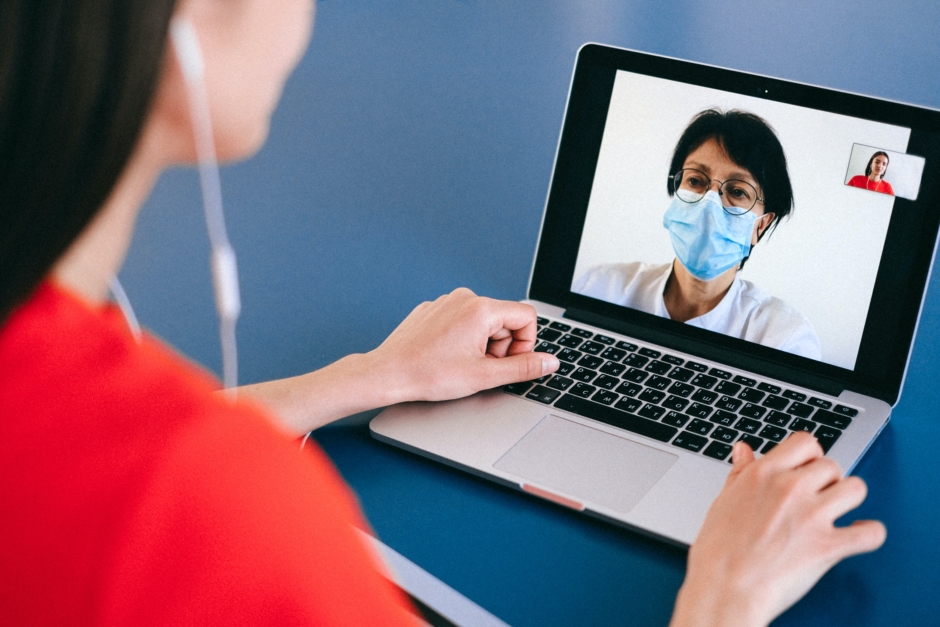A QUALITATIVE study has been set up to explore patient experiences in using a teledermatology service. Dermatological disorders are common. In the Netherlands, it has been reported that around 13% of patients visiting a primary care practice had made an appointment due to a skin problem, and the figure rises to almost one-quarter of patients in the UK (24%).
During a store-and-forward teledermatology consultation, digital images are sent to an expert to be reviewed at a later date. Live video consultations allow patients and clinicians to interact in real-time. The study, which links National Healthcare Group Polyclinics for public care in Singapore to the nation’s specialist dermatology clinic, the National Skin Centre, conducted in-depth interviews with patients who had referrals to the teledermatology service. This marks the first teledermatology service set up in primary care settings in the country.
Researchers identified three key themes when evaluating patient experience: positive perceptions, concerns regarding teledermatology, and ideas for improving the use of the service. Patients widely praised the convenience of the teledermatology service, which saved both time and money, and also removed potential stressors of visiting a specialist clinic in-person, particularly during the COVID-19 pandemic. The data produced in interviews allowed researchers to gain a better understanding of the patient cohort, including the way in which patients both understand and interpret their experiences.
Lead study author Helen Smith, Nanyang Technological University, Singapore, highlighted that greater understanding by clinicians of patients is pivotal: “The Global Burden of Disease lists skin disease in the top 20 leading causes of disability-adjusted life years, and the fourth leading cause of disability worldwide.”
The research team came to the conclusion that although telemedicine has been obtainable in many countries around the world for the last two decades, the incorporation of telemedicine into patient care is not universal; often, it is used for those patients living in remote areas, or where there is a lack of appropriate experts in a particular field. They hope that in the future, telemedicine will be adopted as a primary care method for patients.








